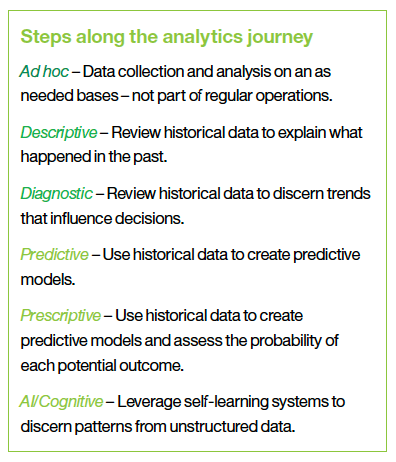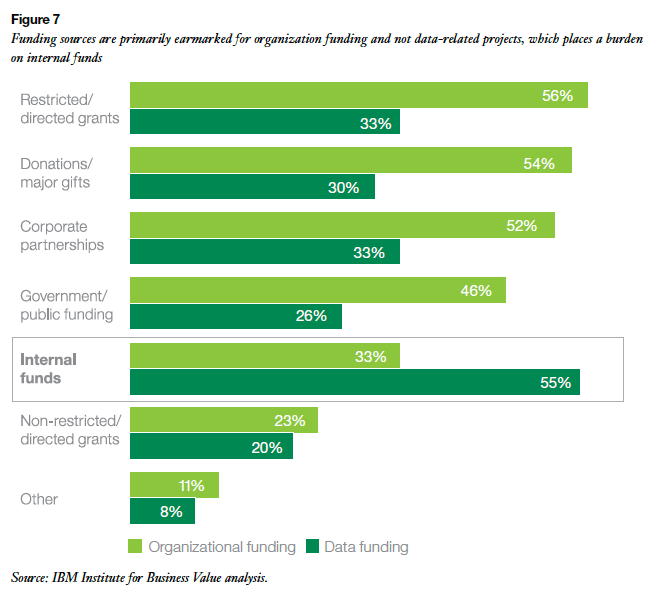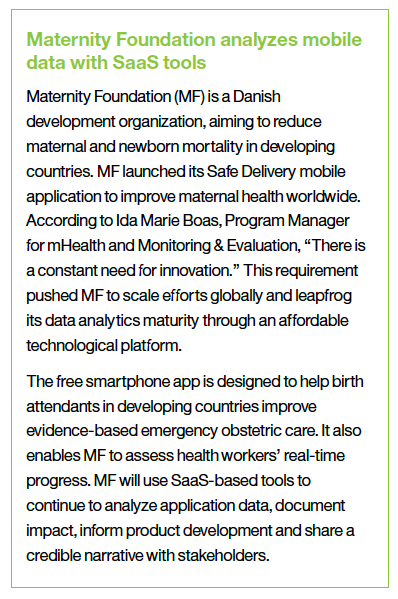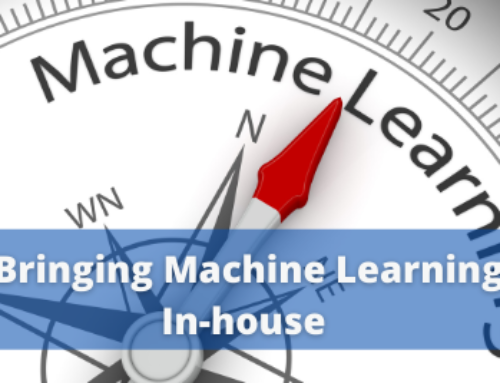A recent study by IBM found that the advancement of data and analytics in nonprofits matters. 78 percent of nonprofits using advanced analytics capabilities indicated higher effectiveness in performing their mission among other key metrics. Yet, 67 percent fall in the early stages of the analytics journey – with an overwhelming 74 percent of respondents indicating that budget was a primary barrier to advancement.
With increased competition in the nonprofit sector, investing in advanced analytics is a clear way to get more out of your marketing efforts and hit your donation targets. Furthermore, the democratization of data has eased the path to progress by making data and technologies more accessible to more stakeholders than ever before.
To assess the current state of data and analytics use in the nonprofit sector, IBM Corporate Citizenship and Corporate Affairs (CC&CA), in collaboration with the IBM Institute for Business Value, conducted a global study through April 2017. The findings overwhelmingly reinforce the need for nonprofits to commit to data-driven strategies in order to advance their missions and attract donors.
Nonprofits face unique analytics challenges
The challenge for nonprofits when it comes to harnessing the power of analytics is really a full-circle one. Not only are they responsible for identifying and reaching ideal donors, but this comes on the heels of being able to use data to demonstrate the effectiveness and advancement of their mission. When considering giving opportunities, potential donors want clear, evidence-based proof of the impact of their donation. Nonprofits who have been able to capitalize on this need for validation have consistently seen better results than their counterparts who have fallen behind the data curve.
In the study, IBM describes the ‘Steps along the analytics journey’, pointing out that the majority of nonprofits remain in the early stages of data-driven strategy:
Funding is one of the primary reported challenges impeding the use of advanced analytics. Contrary to the private sector, nonprofits have the unique stress of justifying spend beyond programmatic expenses for activities that are often considered to be an overhead expense.
“One of our strategic goals is to diversify our revenue streams,” explained Senior Vice President David Howard of Covenant House, an organization focused on homeless children and youth. “Part of our strategy is to focus more on our impact, which can create a ‘Catch 22’: We need to demonstrate impact to get access to some of these funding streams, but we need funding to create the infrastructure and capacity to do that work well.”
Breaking down budget barriers through analytics
Overcoming budget constraints is essential for nonprofits to remain competitive. Organizations are seeing great improvements through the use of advanced analytics. One such example comes from Maternity Foundation (MF), a Danish nonprofit working to reduce maternal and newborn mortality in developing countries.
In order for others to follow suit, and further their competitiveness for donor-dollars, nonprofits must commit and invest in pursuit of a forward-thinking, data-driven strategy.
If you want to know more about how to get started using advanced analytics for your nonprofit, read more here.





